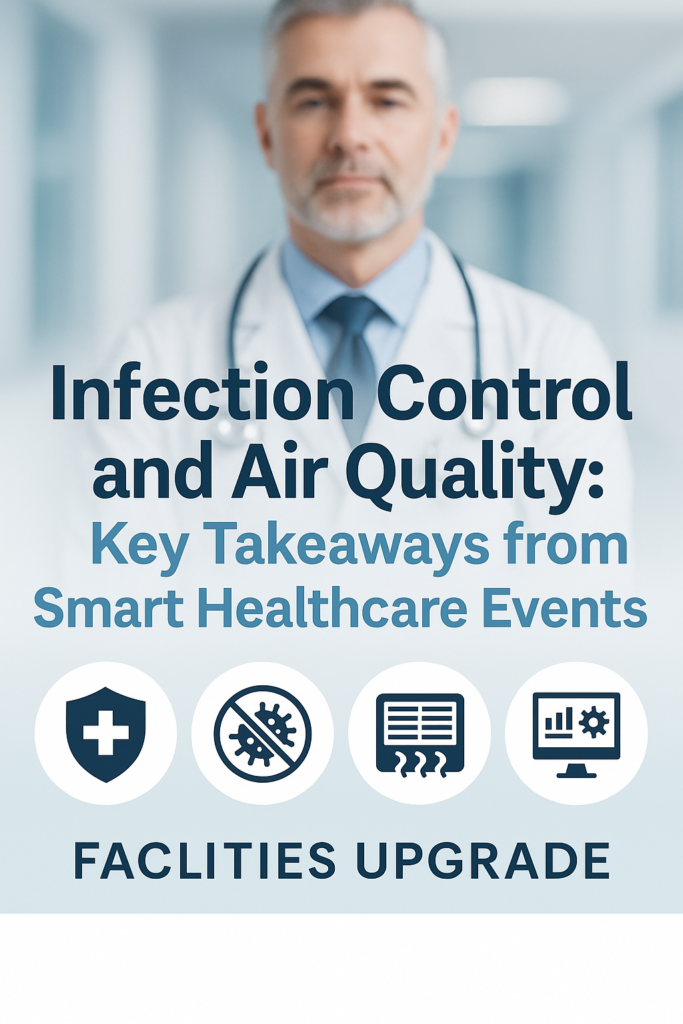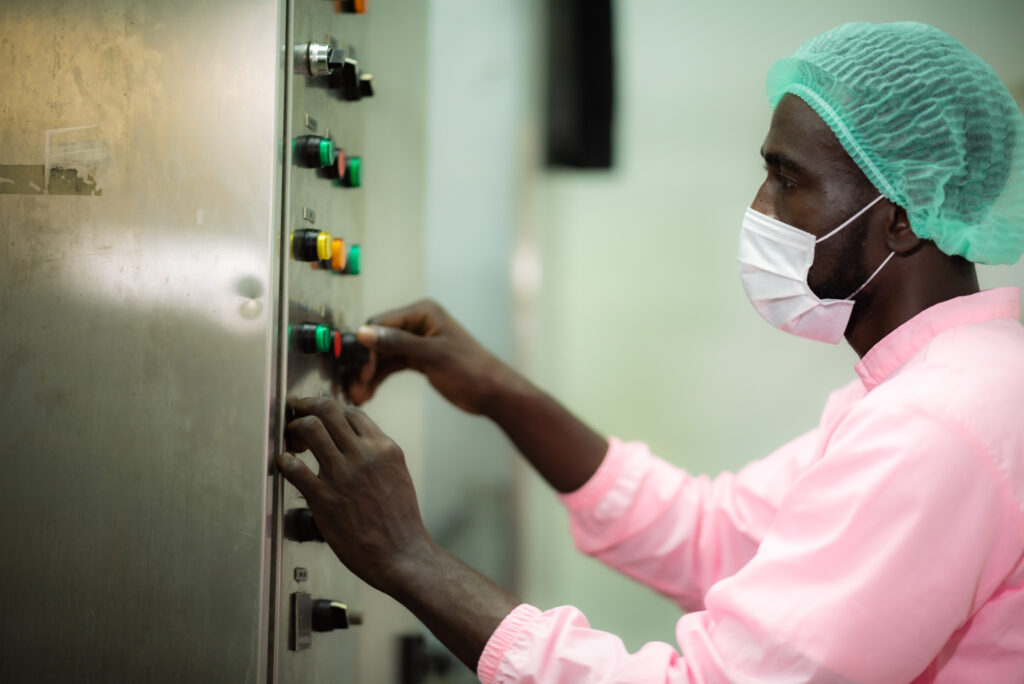In the wake of global health crises, infection control and indoor air quality have become central pillars of healthcare infrastructure. At recent Smart Healthcare Conventions and Facilities Upgrade Summits, industry leaders, hospital executives, and solution providers gathered to explore innovative technologies reshaping patient safety and environmental standards.
Why Infection Control Matters More Than Ever
Healthcare-associated infections (HAIs) affect millions globally each year, increasing patient morbidity and operational costs. Hospitals and clinics are under pressure to implement advanced infection prevention protocols not just in surgical settings, but across entire facilities — from waiting rooms to HVAC systems.
🔍 Key Takeaways from Industry Events:

- Touchless & Voice-Activated Interfaces
Hands-free technology has gained significant traction. From voice-activated nurse call systems to automatic door sensors, minimizing surface contact is a first-line defense against cross-contamination. - AI-Driven Pathogen Detection
Smart systems equipped with AI and machine learning are now being used to detect microbial presence in real-time, enabling early interventions before outbreaks spread within facilities. - Advanced Air Filtration Systems
Leading hospitals showcased upgraded HVAC systems with HEPA filters, UVGI (ultraviolet germicidal irradiation), and real-time air quality monitoring, dramatically reducing airborne pathogen transmission. - Zoning and Isolation Protocols
Modular facility design that allows for rapid creation of negative pressure rooms and zoned ventilation has emerged as a gold standard for pandemic resilience. - Data-Driven Environmental Monitoring
Facilities are now integrating IoT sensors to track temperature, humidity, and air exchange rates — ensuring compliance and enhancing indoor environmental quality (IEQ).
The ROI of Clean Air and Smart Design
Improving air quality and infection control isn’t just about patient care — it’s a strategic investment. Facilities that prioritize these upgrades:
- Reduce patient readmission rates
- Improve HCAHPS scores (patient satisfaction metrics)
- Attract more medical professionals seeking safe workplaces
- Ensure compliance with OSHA, CDC, and ASHRAE guidelines
Healthcare CEOs at the conventions emphasized that the return on investment (ROI) from smart environmental upgrades far outweighs the cost of reactive interventions during an outbreak.

What’s Next for Healthcare Facilities?
As smart hospital infrastructure continues to evolve, upcoming innovations will likely include:
- Self-sanitizing materials for high-touch surfaces
- AI integration for predictive infection analytics
- Fully automated building systems for proactive environment control
Conclusion: Building Resilient, Safer Spaces
The message from the Smart Healthcare Facilities events is clear: Infection control and indoor air quality are no longer optional — they are essential. Facilities that embrace smart solutions are not only better prepared for future crises but are also setting a new benchmark for patient safety and care excellence.







